Egyptian artistic traditions persisted throughout the Late, Ptolemaic, and Roman Periods.
c. 713 B.C.E.–395 C.E.
Egyptian artistic traditions persisted throughout the Late, Ptolemaic, and Roman Periods.
c. 713 B.C.E.–395 C.E.
What are the Late, Ptolemaic, and Roman Periods?
We're adding new content all the time!
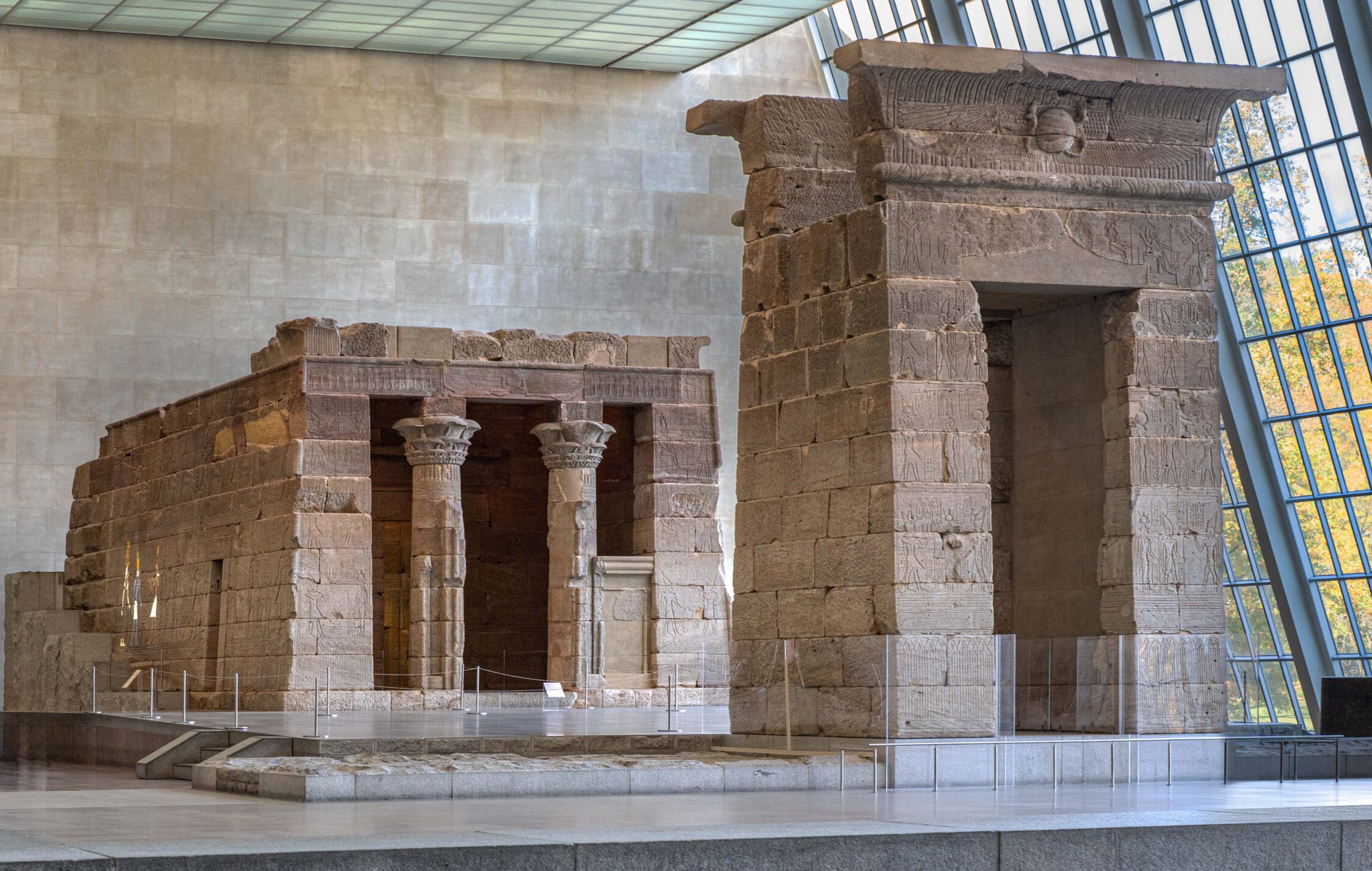
An ancient Egyptian temple plus the Roman Emperor Augustus—all on Fifth Avenue in New York City!

The pylon of the Lion Temple in Naga projects an image of husband and wife reigning as equals, a common feature of Nubian governance.
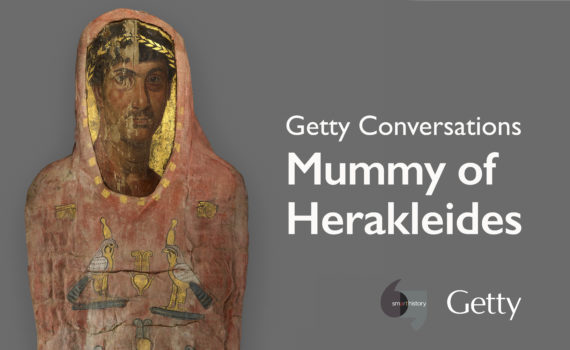
During ancient Egypt’s last dynasty, a massive cultural exchange occurred between Greeks and Egyptians.
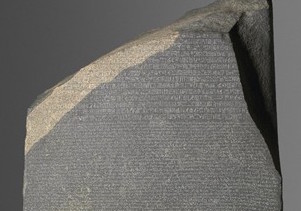
An introduction to the Late Period, and Ptolemaic and Roman Periods in ancient Egypt
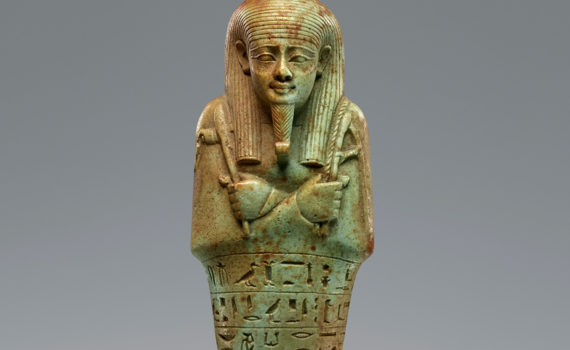
Part of the inscription on this ushabti says: “If there is any work to be done there in the Divine Hereafter, or if there is an obstacle there, you say as a man in his duty, ‘Look, I am here!”
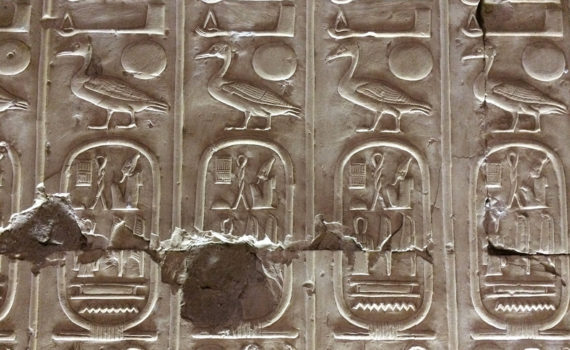
When we think of the language of ancient Egypt, the first thing that springs to mind is hieroglyphs carved on temple and tomb walls, yet this could not be further from the truth.
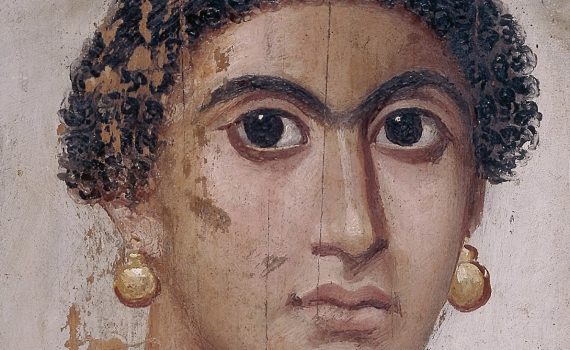
Ancient Egyptians made little use of naturalistic portraits, but this changed following capture by Rome.
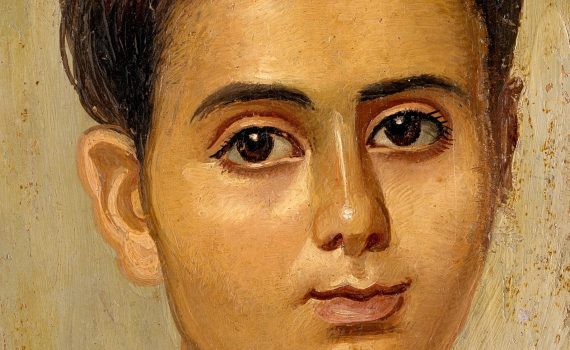
These mummy portraits are unlike anything from ancient Egypt, combining Roman naturalism with Egyptian function.

The key to ancient Egyptian language, the Rosetta Stone allowed scholars to unlock the secret of hieroglyphs.